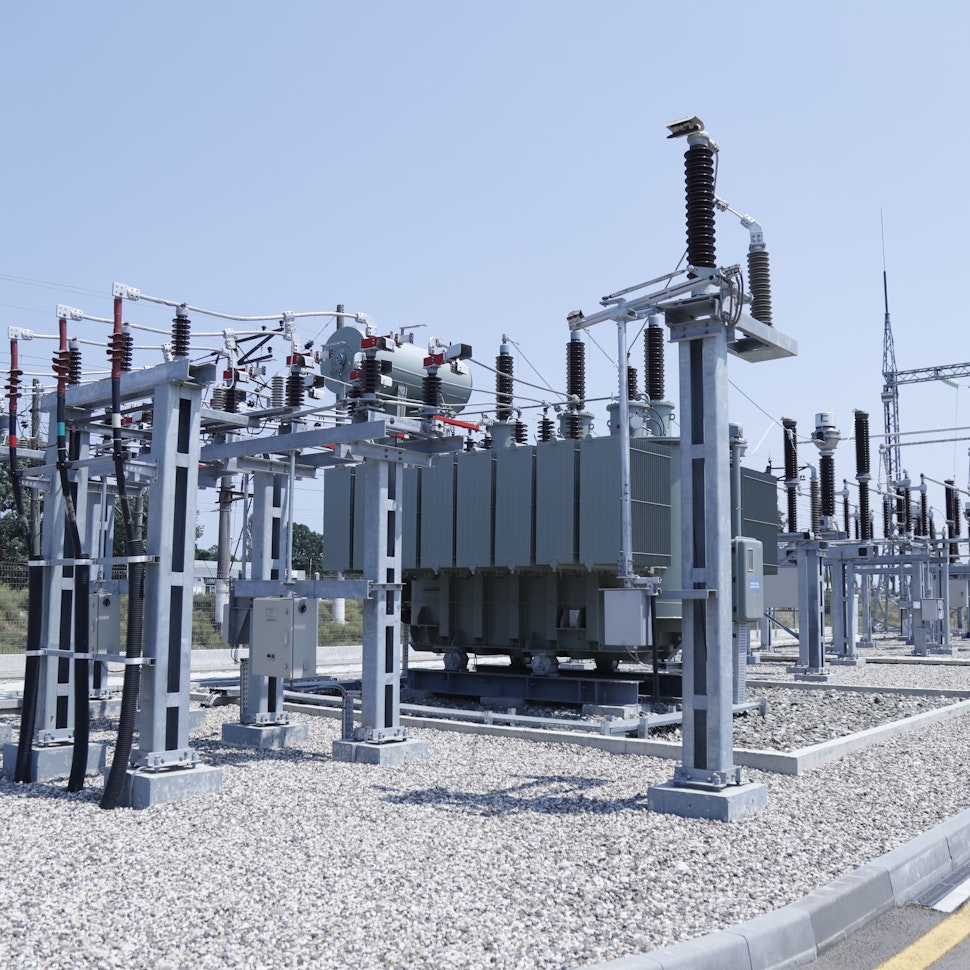What is energy yield and why is it relevant when designing solar plants?


Jeremy Vickerman
Senior Content Manager
Senior Content Marketing Manager at RatedPower with extensive experience in content strategy, production, and communications. Over a decade of expertise spanning marketing, recruitment consulting, and public relations across the UK and Spain, with a strong track record in driving brand visibility and audience engagement.


Félix Pérez
Principal Software Engineer
Felix is a PV engineer and software developer, specializing in the development of calculation models and algorithms. After working in an engineering firm, he joined RatedPower to lead the development of the energy and topography calculation models of pvDesign, with a focus on building robust engineering software. Felix is enthusiastic about all disciplines of engineering, and enjoys discussing the more nuanced aspects of both. He is also very passionate about research, which has been a constant through his career in RatedPower.

Read on to learn what energy yield is and how is it used in the design of solar PV plants.
What is energy yield?
Definition of Energy Yield: Energy yield is the energy produced by a renewable energy system, such as a solar PV installation. It accounts for external factors that reduce output in solar systems, like shading and accumulated dirt on panels.
Energy yield differs from power ratings, which indicate the maximum potential energy generation under ideal lab test conditions. Instead, energy yield aims to provide a practical, realistic estimate of how much energy can be produced by a system in its operating environment.
Why is energy yield important?
Accurately estimating and maximizing energy yield allows solar developers and asset owners to predict how much electricity a solar system can generate, thus shaping financial modeling and profitability analyses. Accurate yield forecasts can reduce solar financing costs by providing educated estimates around returns.
Energy yield projections influence system design choices to optimize peak production at the site based on environmental factors. Tracking energy yield during solar operations helps diagnose underperformance issues and identify opportunities to improve output through maintenance and operational changes.
Some additional things to know about energy yield:
Experts calculate it through solar modeling software that uses the system's specifications and historical weather data for the location.
Two parameters which help analyze the system efficiency are performance ratio and specific production.
Optimizing designs and operations to maximize energy yield is vital to lowering the levelized cost of solar electricity.
Energy Yield Methodology
If you would like to understand how the energy yield calculation model works on the RatedPower platform please check out the methodology at the following link.

Design utility-scale solar at lightning speed
Maximizing energy yield: a breakdown of pvDesign vs PVsyst
Listen back to this webinar to uncover the solar software comparison between pvDesign and PVsyst with a special emphasis on energy yield analysis.

Latest stories
Related glossary posts
Technology and engineering
How solar zenith and azimuth impact panel efficiency
Updated 8 SEP, 25

Technology and engineering
Albedo and Solar Power: What You Should Know
Updated 8 SEP, 25

Technology and engineering
What is a solar substation and how to customize yours with RatedPower software
Updated 5 MAY, 25

Related posts
Technology and engineering
Outsmarting congestion: How efficient solar design helps navigate Nordic grid limits
Learn how Nordic operators and solar developers are adjusting to tighter grid conditions and how policy and design decisions are keeping projects on track.
Updated 16 DEC, 25

Technology and engineering
The rise of ultra-thin perovskite solar cells
Learn about Japan’s $1.5B initiative to commercialize ultra-thin, flexible perovskite solar cells and how it could transform the solar landscape globally.
Updated 30 SEP, 25

Technology and engineering
The green hydrogen boom in LatAm
Latin America is emerging as a green hydrogen leader. Learn how LatAm countries are leveraging solar and wind power to drive green hydrogen production.
Updated 22 JUL, 25

- RatedPower
- Glossary
- E
- Energy yield
 Watch a demo
Watch a demo Ask our AI Product Expert
Ask our AI Product Expert



